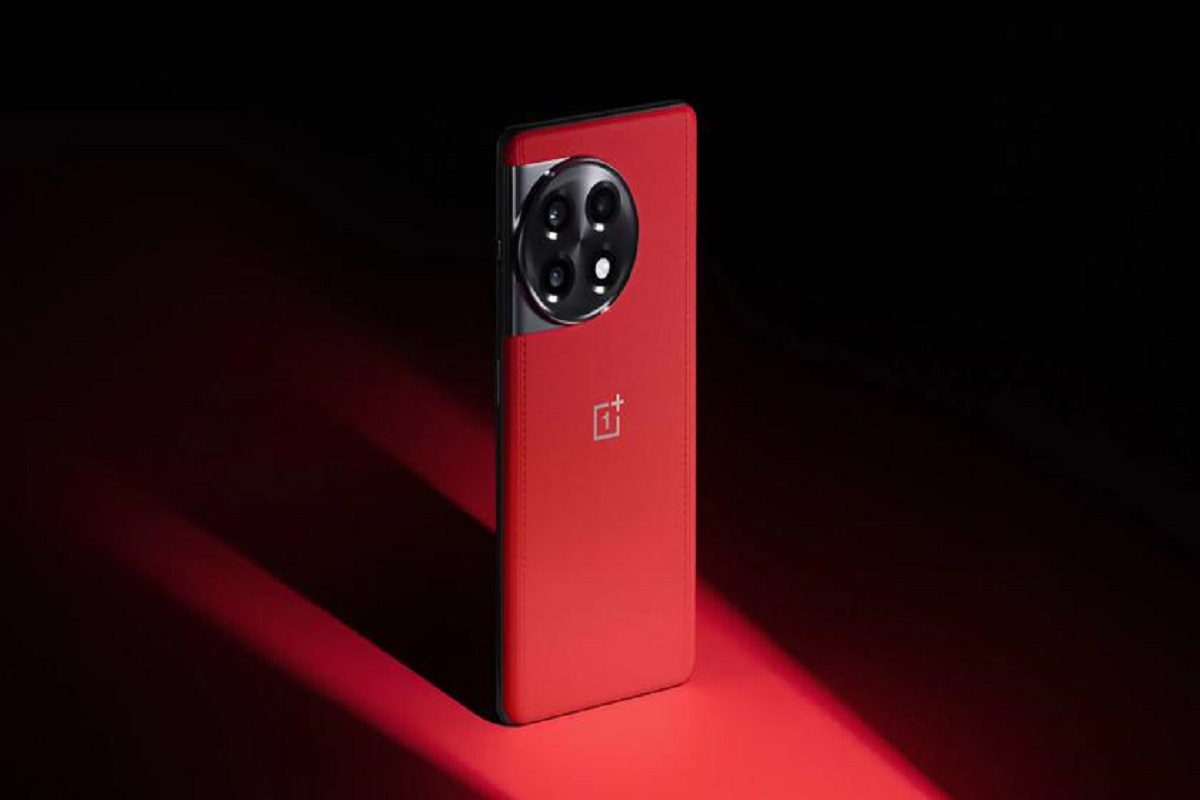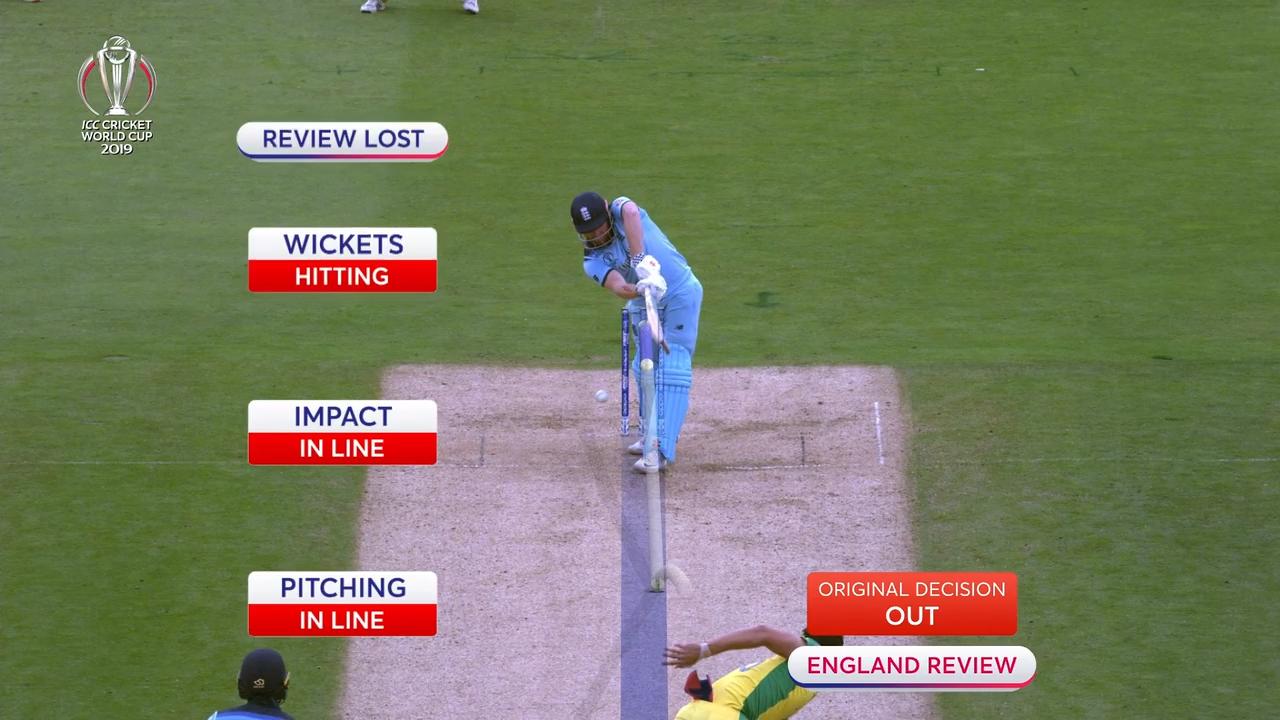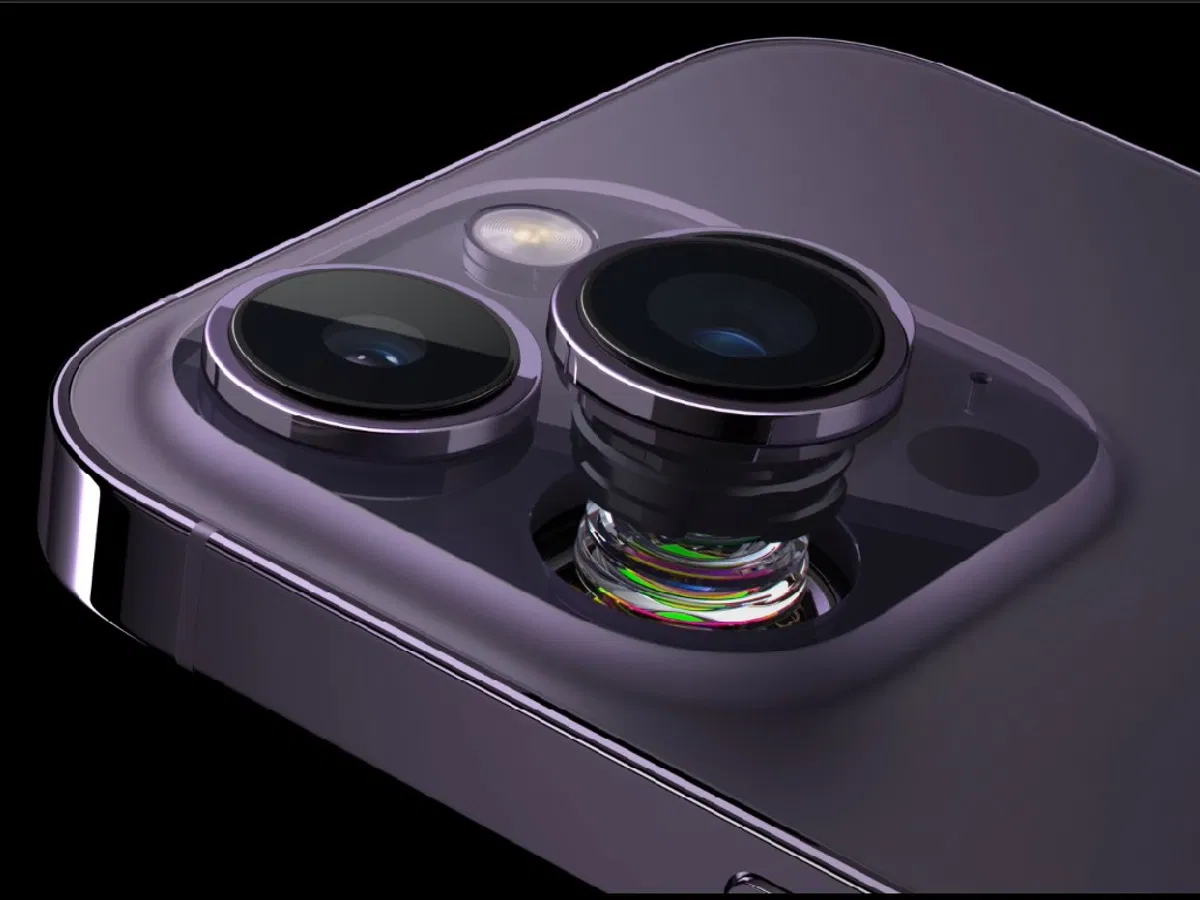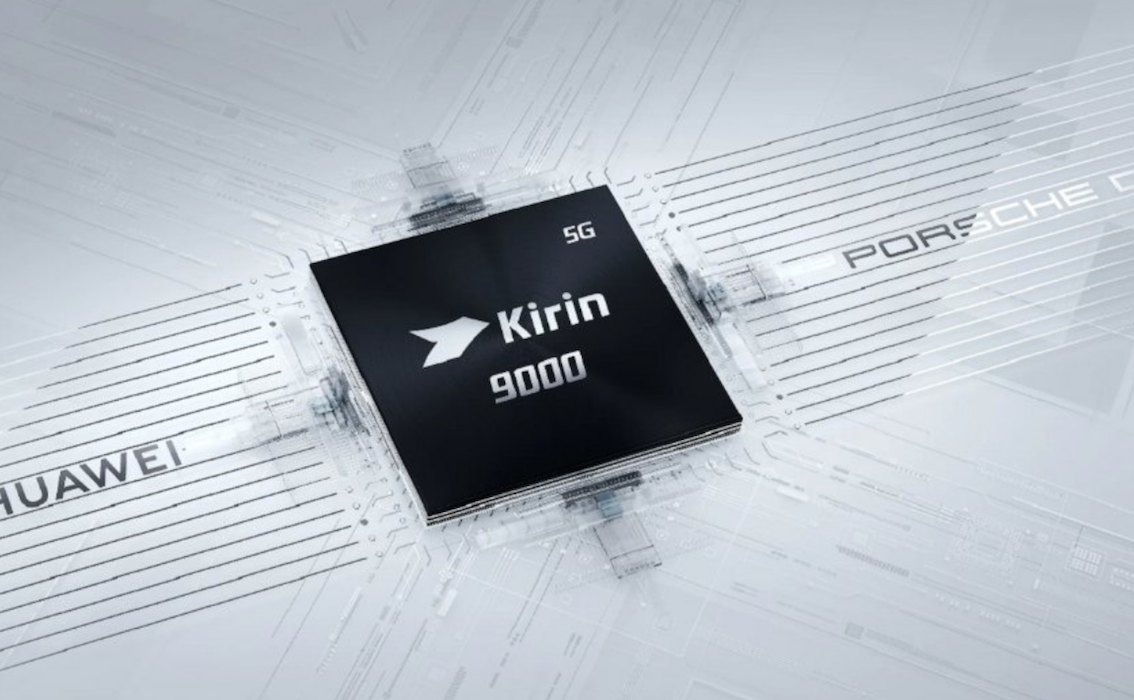The Vivo X100 Pro is a new smartphone that’s coming out soon. It’s part of the X100 series, which is known for having great phones. This new one is expected to be even better. One of the exciting things about the Vivo X100 Pro is that it can connect to satellites. That’s a big deal because not many phones can do that. Huawei used to be the only one, but now Vivo is joining in. The phone has a special chip called UNISOC V8821 that allows it to send and receive messages, pictures, and even videos through satellites.
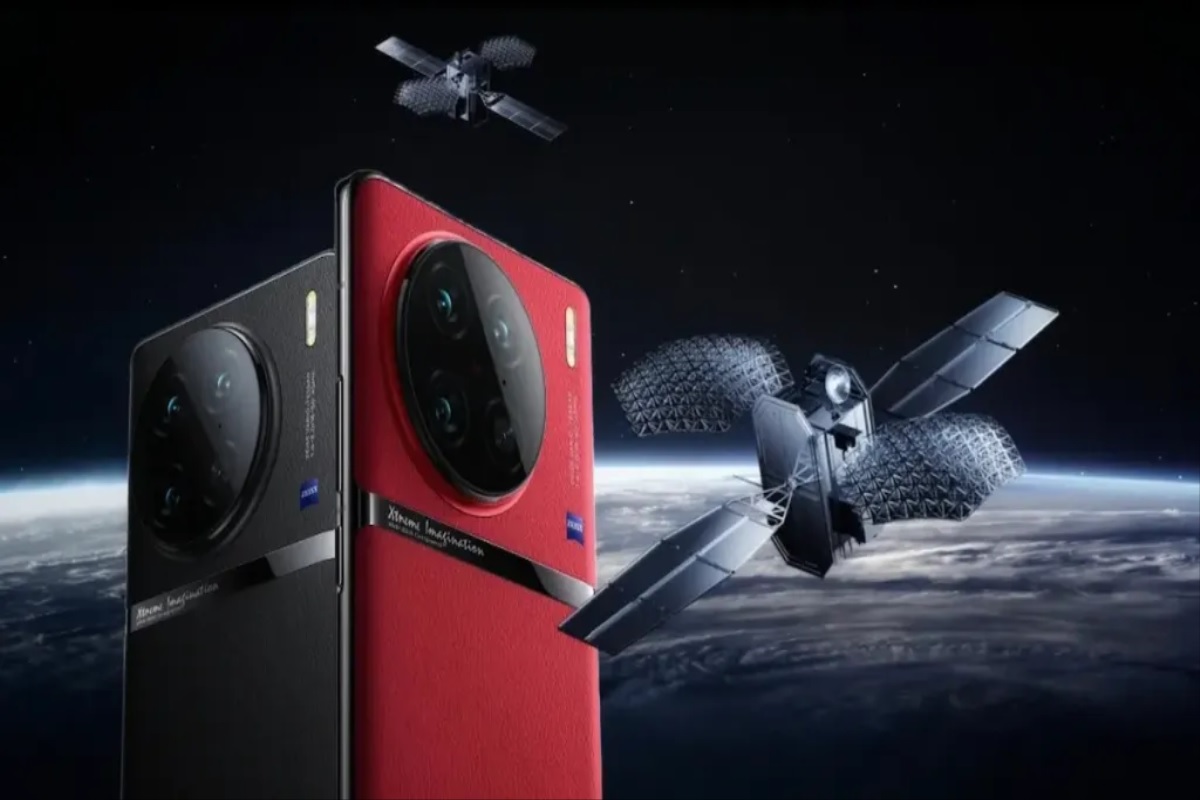
The Vivo X100 Pro also has a really strong processor called Dimensity 9300. This makes the phone run very fast and smoothly. It’s made using a special process called TSMC’s N4P, which is a big deal in the world of processors. This means the phone’s performance is similar to Apple’s A17 Pro, which is known for being very powerful.
If you love taking pictures, you’ll be happy with the Vivo X100 Pro. It has a main camera that’s really good. The camera is large, and it can take great pictures even in low light. There’s also a special lens for taking pictures up close, and another one for taking pictures from far away. This means you can take all kinds of amazing photos with this phone.
We don’t know for sure if the regular version of the X100 series will have satellite communication. But based on Vivo’s history of making innovative phones, it’s possible that even the regular one will have cool features.
The Vivo X100 Pro is going to be a big deal in the smartphone world. It can connect to satellites, has a powerful processor, and is great for taking pictures. Look out for it at the end of the year because it’s going to show us what the future of phones might look like.



